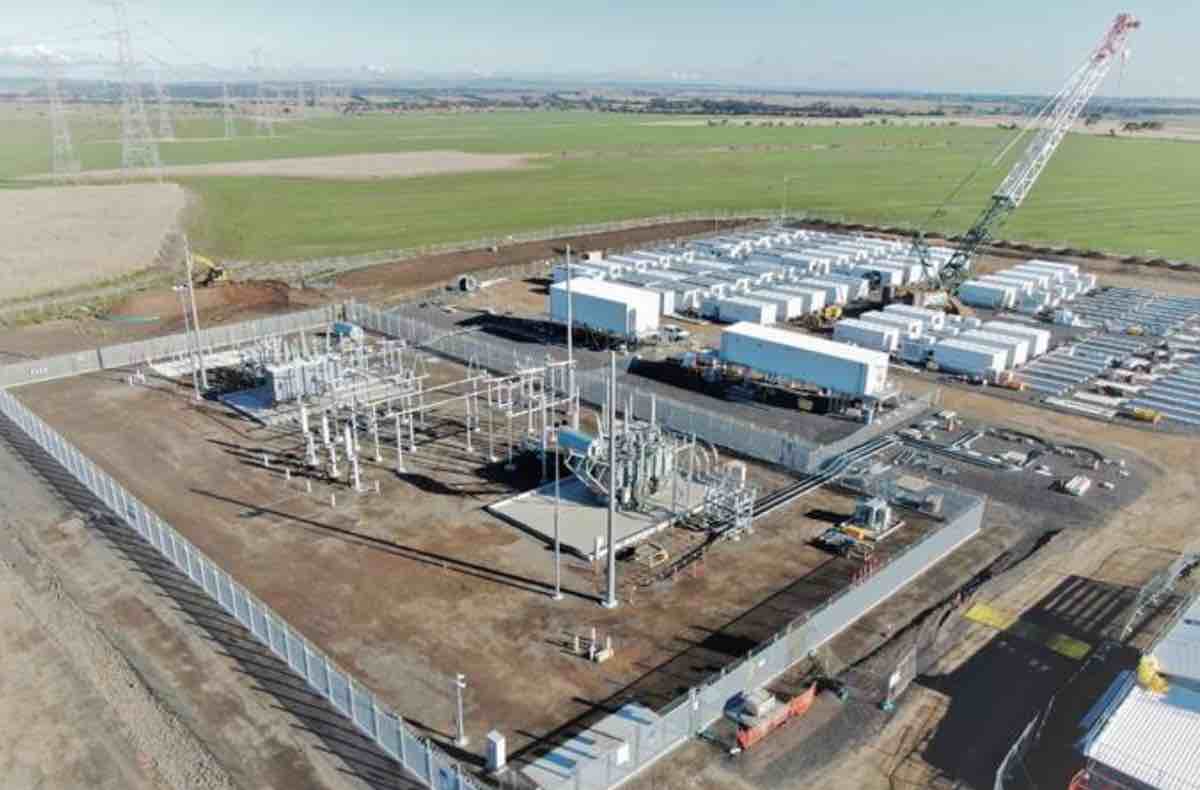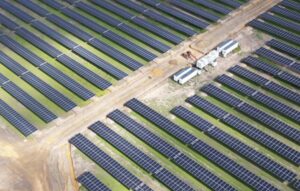How much storage has a grid with a high level – 90 per cent or more – of variable wind and solar need to ensure there is enough supply to meet demand?
It’s a hot topic inside and out of energy circles. One common theory – often pushed forward by the nuclear and fossil fuel lobbies, and the former Coalition government – is that you need to match each kW of wind and solar capacity with an equivalent amount of storage.
The CSIRO says that notion is just plain wrong, and Australia will only need to install a fraction of storage for each kW of variable renewables – between one fifth and one third – to meet demand.
“Such a conclusion would substantially overestimate storage capacity requirements,” the CSIRO says in the latest version of its GenCost report, an important annual document that tracks the cost of comparable energy technologies, and in the case of wind and solar, their storage and transmission needs as well.
The reason for this, the CSIRO says, is that even though the generation mix is being changed, and significantly more wind and solar – in terms of rated capacity – is being built to replace coal, maximum demand is not being changed.
And that means that the amount of storage or dispatchable generation needed to meet maximum demand is not changing either.
“So instead of installing on a kW per kW basis to ensure maximum demand is met, we only need to install a fraction of a kW of storage for each kW of variable renewables.”
At lower levels of wind and solar penetration – up to 50 per cent – hardly any storage is needed because the “back-up” is already in place, largely to support coal generators that either fail or cannot ramp up quickly enough to meet demand spikes.
“The combined capacity of storage, peaking and other flexible generation only needs to be sufficient to meet maximum demands,” the CSIRO notes. “In a high variable renewable system, maximum demand will be significantly lower than the capacity of variable renewables installed.
“As the variable renewable generation share increases, summer or winter peaking events may not represent the most critical day for back-up generation.
“For example, during a summer peaking event, solar PV generation is high and consequently storages are relatively full and available to deliver into the evening peak period. A more challenging period for variable renewable system might be on a lower demand day when cloud cover is high and wind speed is low.
“These days with low renewable generation and low charge to storages could see the greatest demands on storage, peaking and other flexible capacity. As such it may be that the low demand level on these low renewable generation days is a more important benchmark in setting the amount of additional back-up capacity required.
“The modelling approach applied accounts for all of these factors across nine historical weather years. The result we find is that, in 2030, the NEM needs to have 0.20kW to 0.34kW storage capacity for each kW of variable renewable generation installed.
“Showing the most extreme case of 90% variable renewable share for the NEM, Figure 5-7 show the maximum annual demand, demand when renewable generation is lowest, storage capacity, peaking capacity, other flexible capacity and total variable renewable generation capacity.
The data shows that:
- Demand at the point of lowest renewable generation23 is substantially lower than maximum demand
- Existing and new flexible capacity is slightly lower than maximum demand indicating some variable renewable generation is available at peak demand (across the nine weather years examined). Flexible capacity exceeds demand at minimum renewable generation.
- The required existing and new flexible capacity to support variable renewables is a fraction of total variable renewable capacity.
See also: Integrated wind and solar still cheapest, and green hydrogen costs falling fast: CSIRO
And: Slow, expensive and no good for 1.5° target: CSIRO crushes Coalition nuclear fantasy











